 Alzheimer’s has been considered unavoidable and incurable by the traditional medical system.
Alzheimer’s has been considered unavoidable and incurable by the traditional medical system.
But now, a new study from the University of San Francisco challenges that idea. It has been published in Alzheimer’s & Dementia, the journal of the Alzheimer’s Association.
It reveals a simple and easy habit that prevents Alzheimer’s from progressing, even for those who have all markers of Alzheimer’s.
Before diving into the details of the study, we must first understand how thinking happens in your brain.
Your nervous system consists of nerve cells, also called neurons. For any activity in your nervous system to take place, neurons must be able to communicate with each other.
The place where they communicate—and the structure through which they communicate—is called a synapse. Synapses convey electrical or chemical signals from one neuron to another, allowing your nervous system to perform its various activities, like thinking.
Many researchers believe that Alzheimer’s disease occurs when a protein called amyloid accumulates in your brain. This amyloid then attracts another protein called tau, and the accumulation of these two proteins together destroys both synapses and neurons.
One of the authors of this new study previously performed research showing that the relationship between these two proteins—as well as their ability to destroy your nerve cells—can be diminished by maintaining the ability of your synapses to function.
So how does one do this?
We don’t have to do it through medication or surgery, thank heavens. Our bodies already have proteins that can do this for us.
But if we have proteins that can preserve proper functioning in our synapses and thereby fight off amyloid and tau, then why do people still get dementia and Alzheimer’s disease?
This is what the new study tries to answer. These researchers wanted to investigate whether physical exercise could increase the levels of proteins in our brains that promote synaptic integrity and improve communication between our neurons.
They used information on 404 now-deceased people originally collected by the Rush Memory and Aging Project.
The participants wore an accelerometer a few times per year to monitor their levels of physical activity. In addition, after their deaths, the researchers examined their brain tissue to find proteins that facilitate synaptic integrity.
The researchers were then able to compare the amount of exercise they performed with the levels of healthy proteins in their brains.
They reached two interesting conclusions:
-
1. The elderly people who were physically active had a lot more of these healthy proteins in their brains than the inactive ones had.
2. This was true even for people who had plenty of the toxic proteins that are normally associated with dementia and Alzheimer’s disease.
Therefore, even if your brain accumulates the proteins usually associated with Alzheimer’s disease, your cognition can remain intact if you do physical exercise, which promotes the proteins that facilitate synaptic connections between your neurons. Therefore, exercise promotes successful thinking.

 Overcoming IBD
Overcoming IBD Multiple Sclerosis
Multiple Sclerosis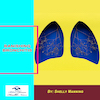 Banishing Bronchitis
Banishing Bronchitis Gum Disease Gone
Gum Disease Gone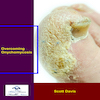 Overcoming Onychomycosis
Overcoming Onychomycosis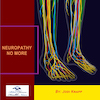 Neuropathy No More
Neuropathy No More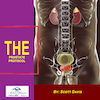 The Prostate Protocol
The Prostate Protocol Brain Booster
Brain Booster
 Ironbound
Ironbound
 Solution for Shingles
Solution for Shingles
 The Bone Density Solution
The Bone Density Solution
 The Ultimate Healing Protocol
The Ultimate Healing Protocol
 The Parkinson's Protocol
The Parkinson's Protocol
 The Chronic Kidney Disease Solution
The Chronic Kidney Disease Solution
 Overthrowing Anxiety
Overthrowing Anxiety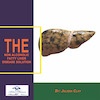 The Fatty Liver Solution
The Fatty Liver Solution The Hypothyroidism Solution
The Hypothyroidism Solution
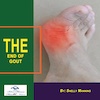 The End of Gout
The End of Gout The Blood Pressure Program
The Blood Pressure Program
 The Oxigized Cholesterol Strategy
The Oxigized Cholesterol Strategy
 Stop Snoring And Sleep Apnea Program
Stop Snoring And Sleep Apnea Program
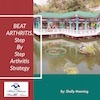 The Arthritis Strategy
The Arthritis Strategy The Vertigo & Dizziness Program
The Vertigo & Dizziness Program The 3-Step Diabetes Strategy
The 3-Step Diabetes Strategy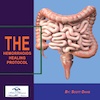 Hemorrhoids Healing Protocol
Hemorrhoids Healing Protocol The Erectile Dysfunction Master
The Erectile Dysfunction Master Weight Loss Breeze
Weight Loss Breeze The IBS Program
The IBS Program The Insomnia Program
The Insomnia Program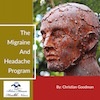 The Migraine and Headache Program
The Migraine and Headache Program The Neck Pain Solution
The Neck Pain Solution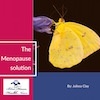 The Menopause Solution
The Menopause Solution The Ejaculation Master
The Ejaculation Master The TMJ Solution
The TMJ Solution The Acid Reflux Solution
The Acid Reflux Solution The Fibromyalgia Solution
The Fibromyalgia Solution The Psoriasis Strategy
The Psoriasis Strategy